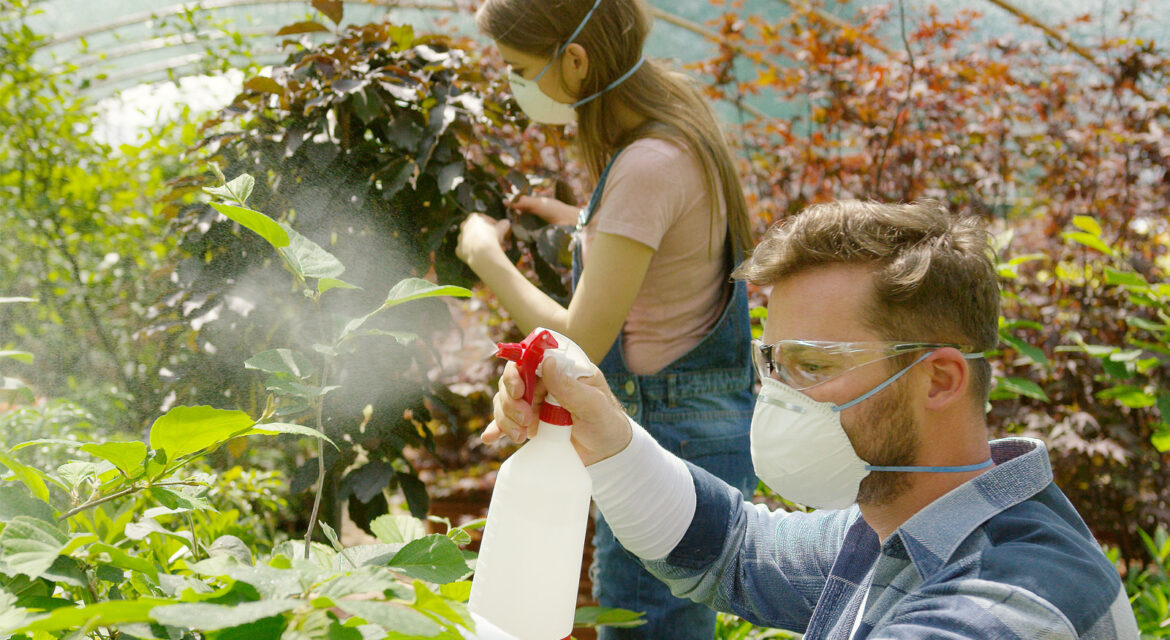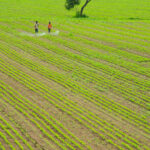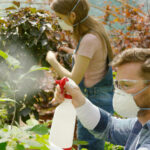Pesticides play a vital role in modern agriculture by protecting crops from pests, diseases, and weeds. However, due to their potential impact on human health and the environment, strict regulations and safety measures are essential.
📜 1. Pesticide Regulations
Pesticide use is governed by national and international laws and regulations to ensure their effectiveness and safety. These laws include:
- Pesticide registration and approval: All pesticides must undergo rigorous scientific evaluation before they are approved for sale or use.
- Labeling requirements: Packaging must include clear instructions for use, safety precautions, and approved crops.
- Maximum Residue Limits (MRLs): These define the maximum allowable levels of pesticide residues on food.
- Banned or restricted pesticides: Some chemicals are banned or limited to specific uses due to their health or environmental risks.
Examples of regulatory authorities:
- Environmental Protection Agency (EPA) – United States
- European Food Safety Authority (EFSA) – European Union
- Codex Alimentarius – International standards by the Food and Agriculture Organization (FAO) and the World Health Organization (WHO)
🛡️ 2. Safety Measures for Farmers and Workers
To reduce health risks during pesticide use, farmers must follow best safety practices, such as:
- Personal Protective Equipment (PPE): Such as gloves, masks, safety glasses, and appropriate clothing.
- Safe mixing and application: Using the correct dosage and avoiding excessive use.
- Proper storage and disposal: Keeping pesticides away from living areas and disposing of containers safely.
- Training and certification: In many countries, pesticide users must be trained and certified.
🌱 3. Environmental Protection
Pesticides can harm non-target organisms and ecosystems. Therefore, regulations include:
- Buffer zones around water sources: Protecting water bodies from pesticide contamination.
- Integrated Pest Management (IPM): Using a combination of biological, agricultural, and chemical methods to reduce reliance on pesticides.
- Monitoring pesticide drift and its impact on biodiversity: Tracking pesticide spread and its effects on ecosystems.
✅ 4. Consumer Safety
- Washing vegetables and fruits reduces surface pesticide residues.
- Buying from trusted sources or certified organic farms ensures reduced exposure to chemicals.
📌 Conclusion
Understanding pesticide regulations and following safety procedures is essential for protecting human health, preserving the environment, and ensuring agricultural sustainability. By using the right knowledge and practices, pesticides can be used responsibly and effectively.





